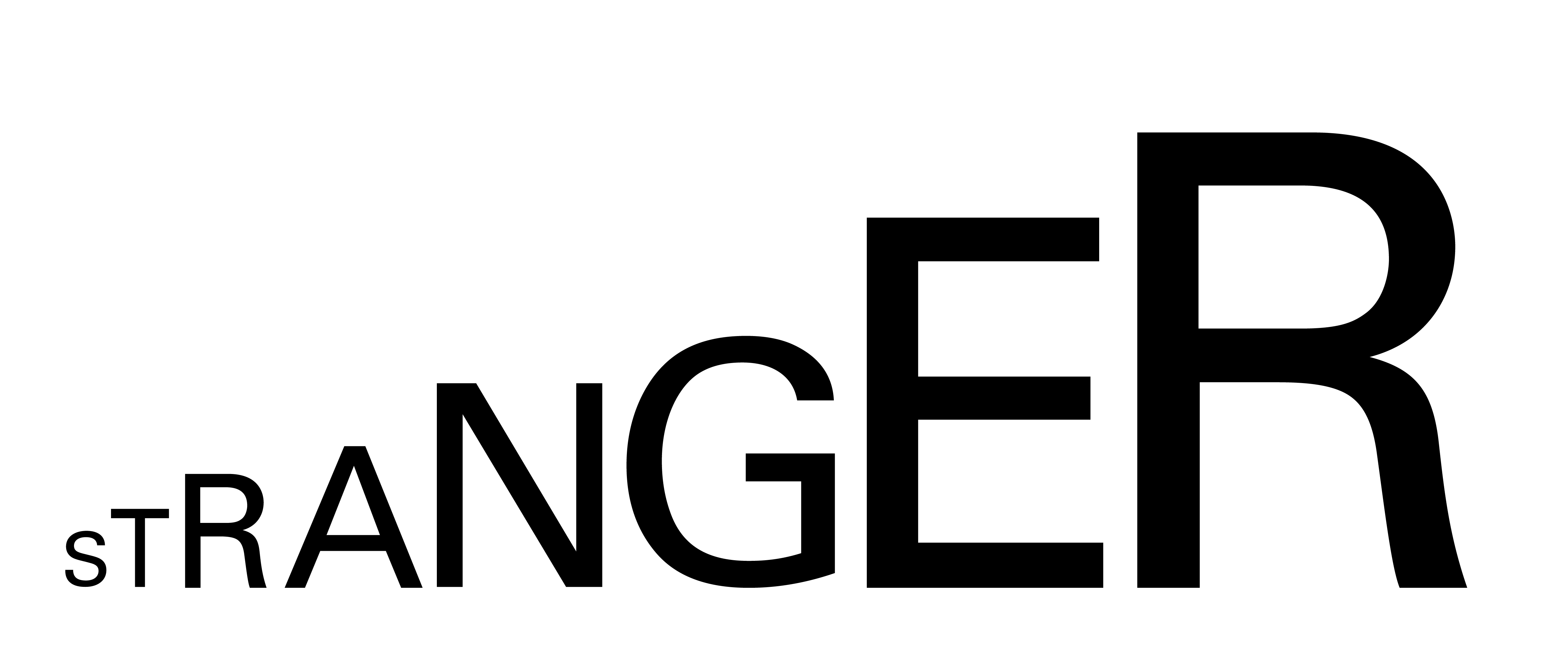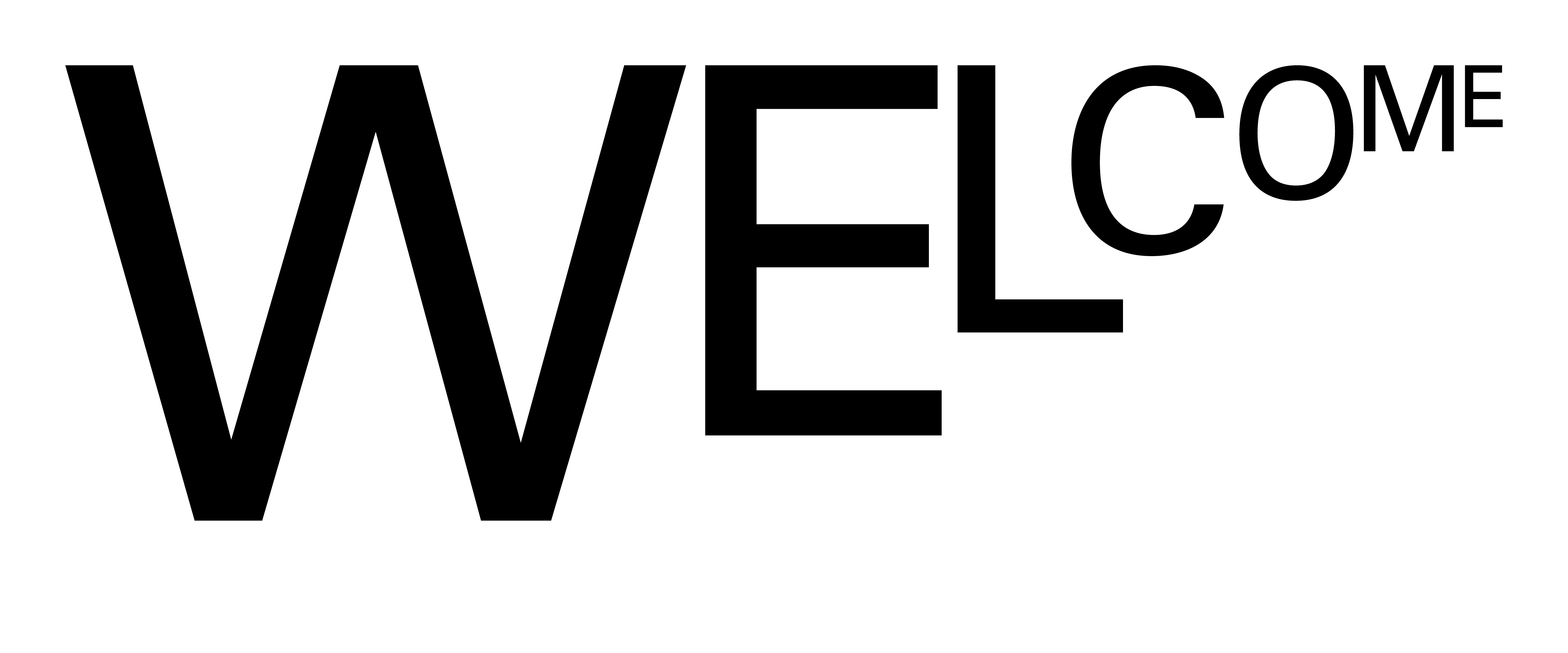


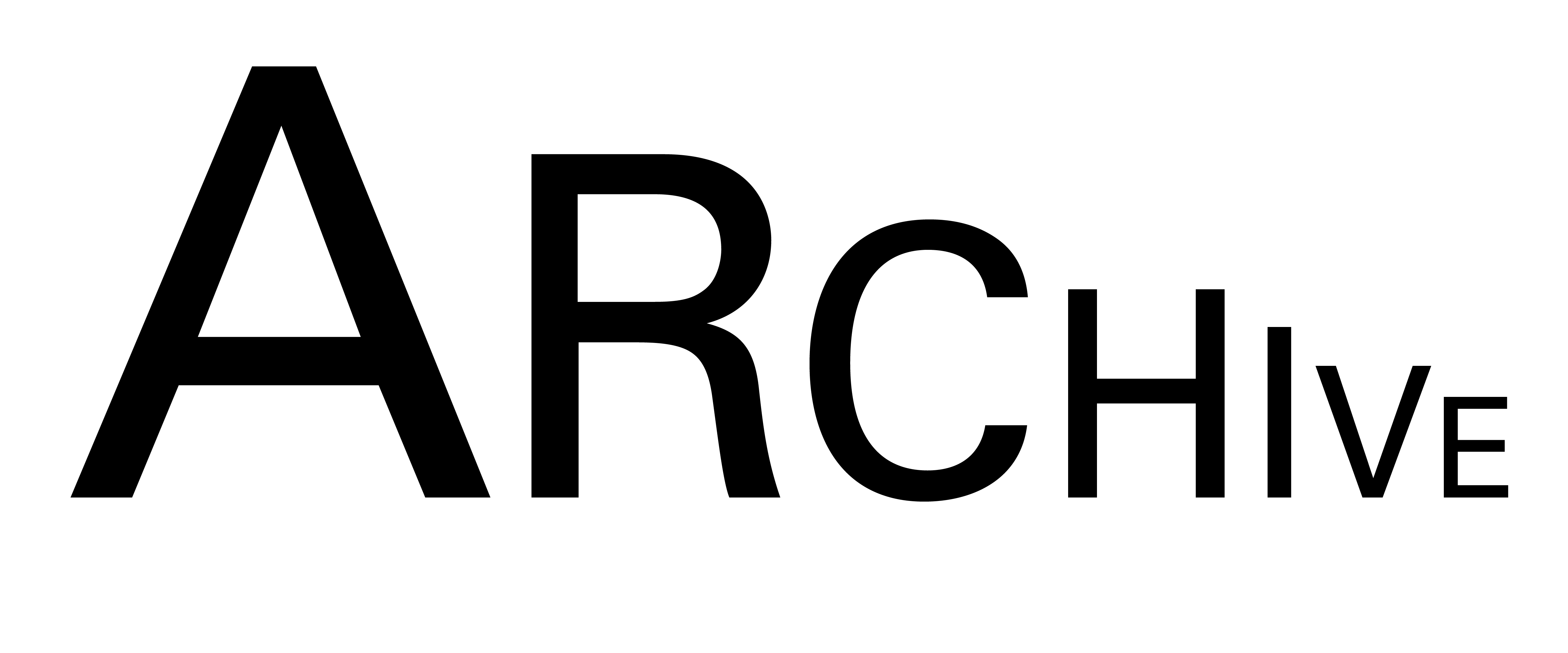
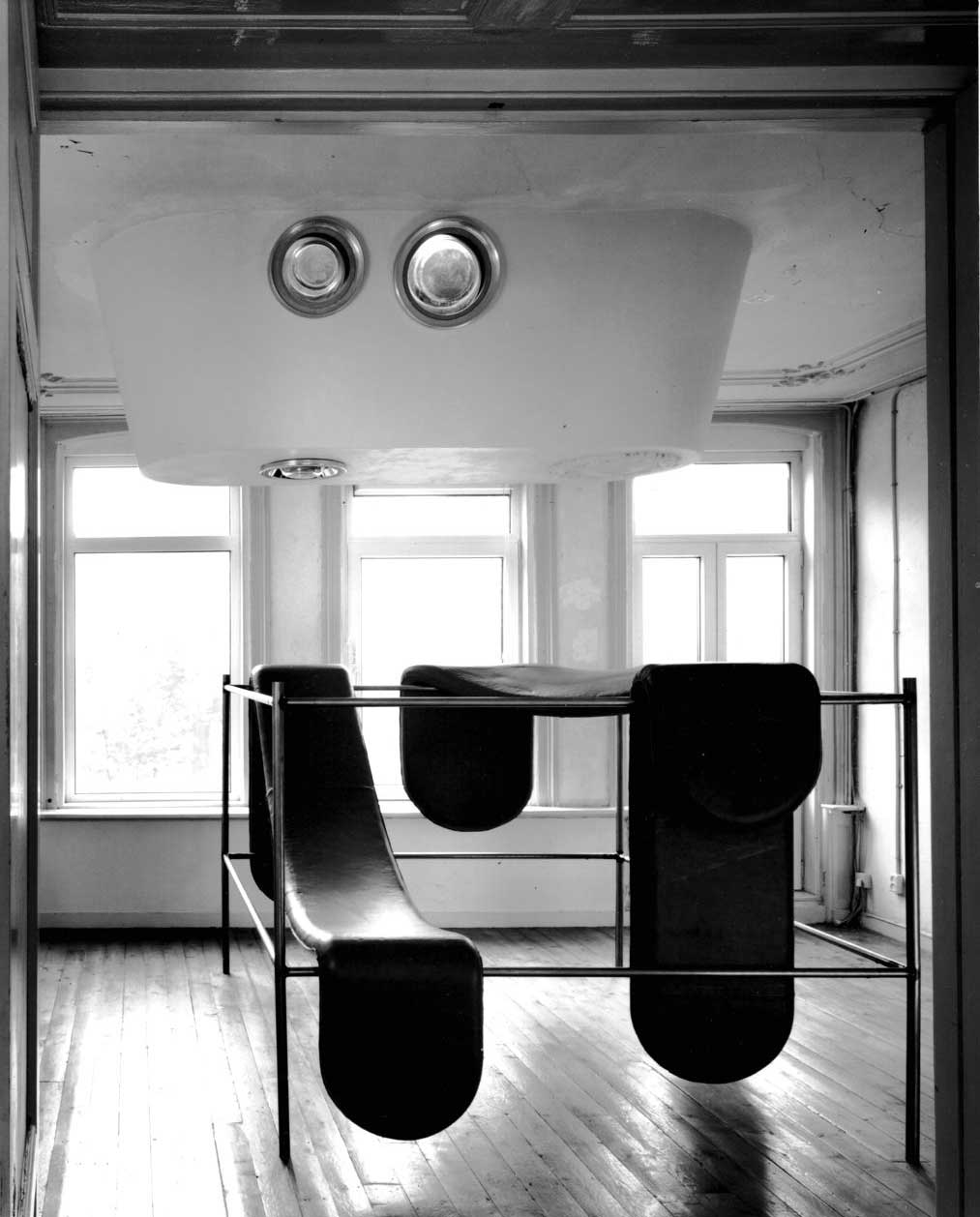
Jeroen Snijders, The Box & Bastienne Kramer, Cocoon, front-room 1st floor, foto: Cary Markerink
In the first project of Welcome Stranger, the idea of working together became a separate point of discussion. Kaulingfreks, philosopher, reflects on this discussion from a sketch of two types of an artist:
1) the artist who is only dictated by their inner self so that the materiality of the work takes centre stage. The meaning that the work holds is carried by nothing but the thing itself. The reflection caused by the work, the references to the world through which recognition can take place, lie in its thinness. The form does not refer to a meaning, but is itself a meaning.
2) The artist embedded in a tradition, who is indebted to a tradition of thinking. Art is seen as a specific way of awareness. The different ways of awareness of reality are the subject of artistic research, and the materiality of the work of art is subordinated to the thinking activity, which is nourished by both intellect and intuition.
From the first sketched type, collaboration is seen as letting different works communicate. The different works are placed in relation to each other, creating new meanings and changing the individual meanings of the works. For the second type of the artist the artistic activity follows from the thought process and the emphasis is on the discussion about (about?) the starting points.
One of the artists had already made a sketch for a sculpture in the front room at the beginning. Collaboration seemed out of the question and thwarted the presentation of a common idea. This artist could be seen as the former type. But he stated that an art work does not stand on its own and always enters into a relationship with its surroundings, transforms the space and is influenced by it. Yet the other artists felt they were being presented with a fait accompli and were being thrown back on their own. Time was running out so that no common starting point could be developed and specified. Paul Goede opted for the commentary position; as a criticism of the 'material expression' of the 'type 1 artist', he spontaneously produced a chewing gum sculpture. Q.S. Serafijn now continued his own research into the significance of art historical references for our culture. In this project he referred to Impressionism, which is important through the thematization and ultimate control of light, i.e. a vision of far-reaching rationalization and control of nature. Quite unexpectedly, Goede's commentary position entered into an alliance with what initially seemed to be a purely individual attitude, but gradually articulated itself differently. Although the object plays a prominent role in the work of Bastienne Kramer, her often labour-intensive work does not revolve around the art object, but around the real and worldly object. Another point of importance emerged in a group presentation: the need to take risks. Time was pressing even more and there was only one possibility: to literally break the relationship between independent images. This is how the sitting pit came into being, with which Kramer not only broke through the spatial planning of the house, but also caused a breakthrough in the collaboration. Snijders' drying rack was broken into by Kramer's seat pit, while Serafijn's row of plants ran across Kramer's sculpture and Goedes sculptures interfered with the field of vision of the other sculptures.
longread: Cooperation in a wider context - Ruud Kaulingfreks
(Kaulingfreks, R. (1993) Welcome Stranger, p.65-69)
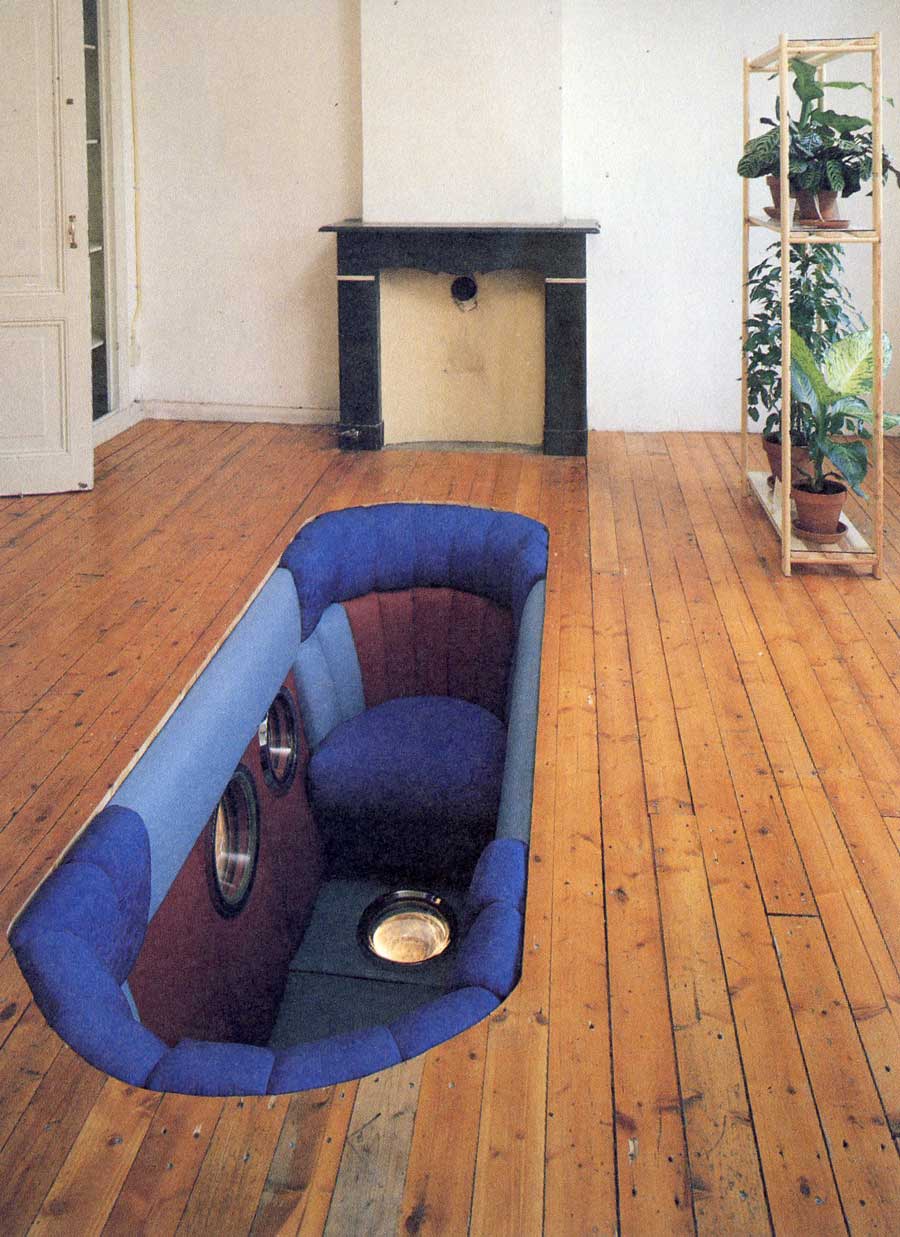
Bastienne Kramer, Cocoon, front-room 2nd floor. Foto: Cary Markerink
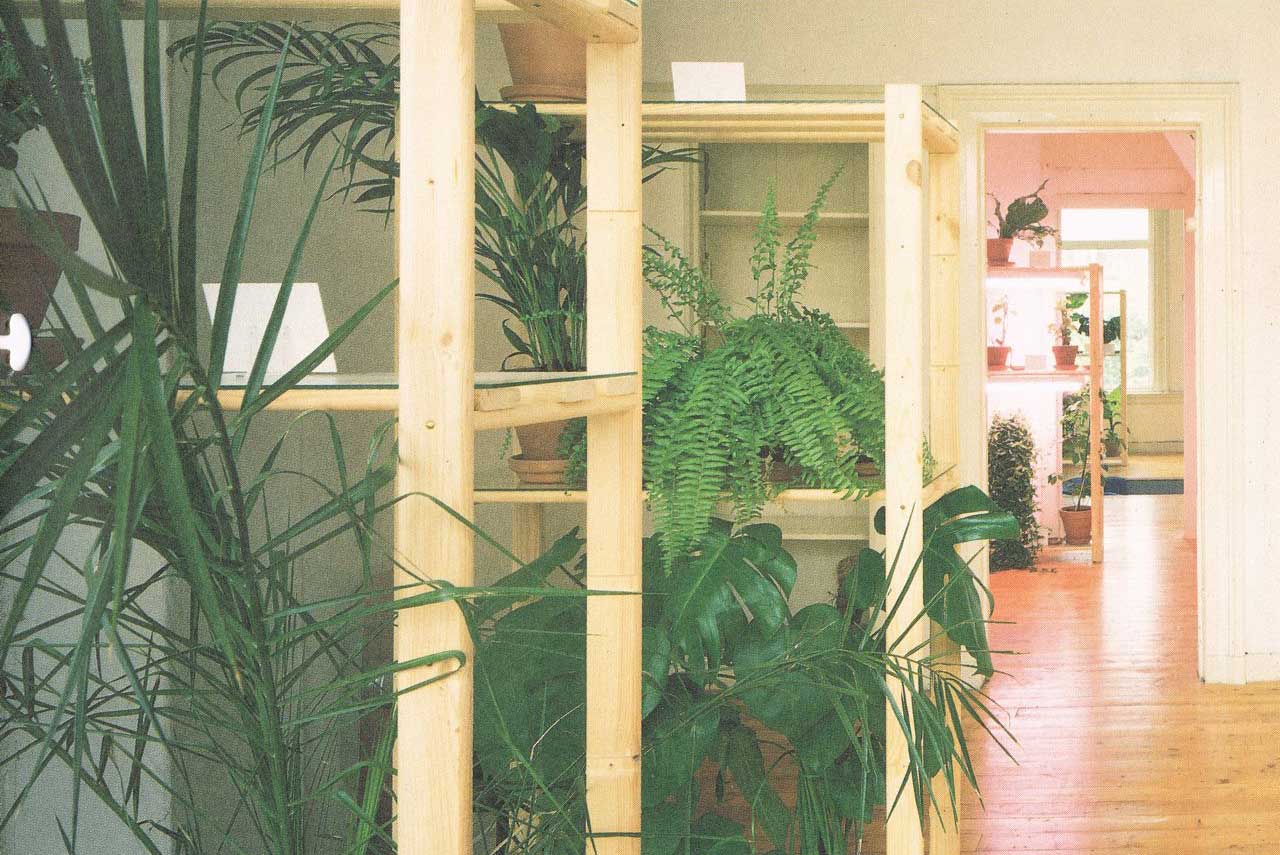
Q.S. Serafijn, L'Impressionisme des Plantes, view from the back room 2nd floor. Foto: Cary Markerink
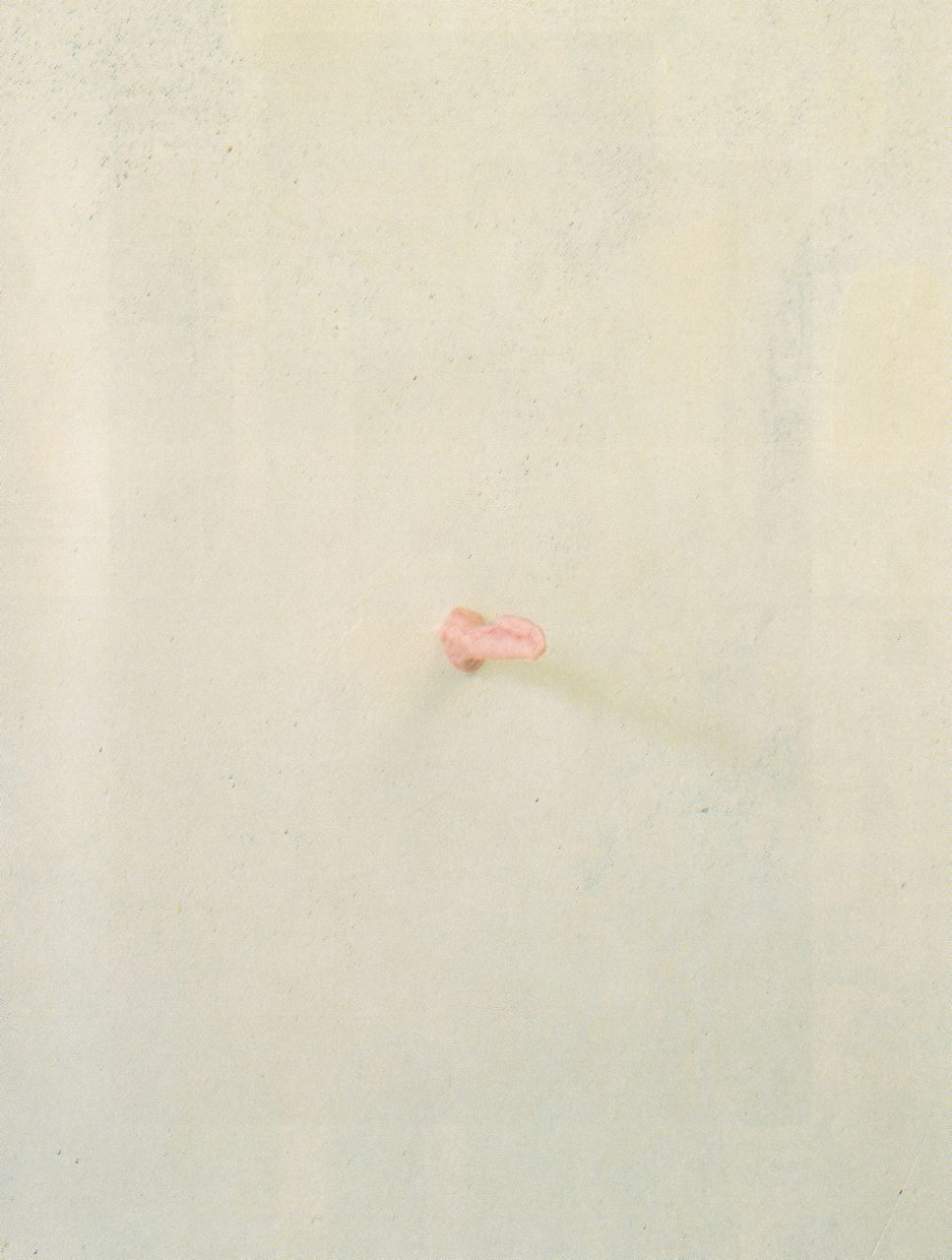
Paul Goede, Bang Bang, front-room 1st floor. Foto: Cary Markerink
